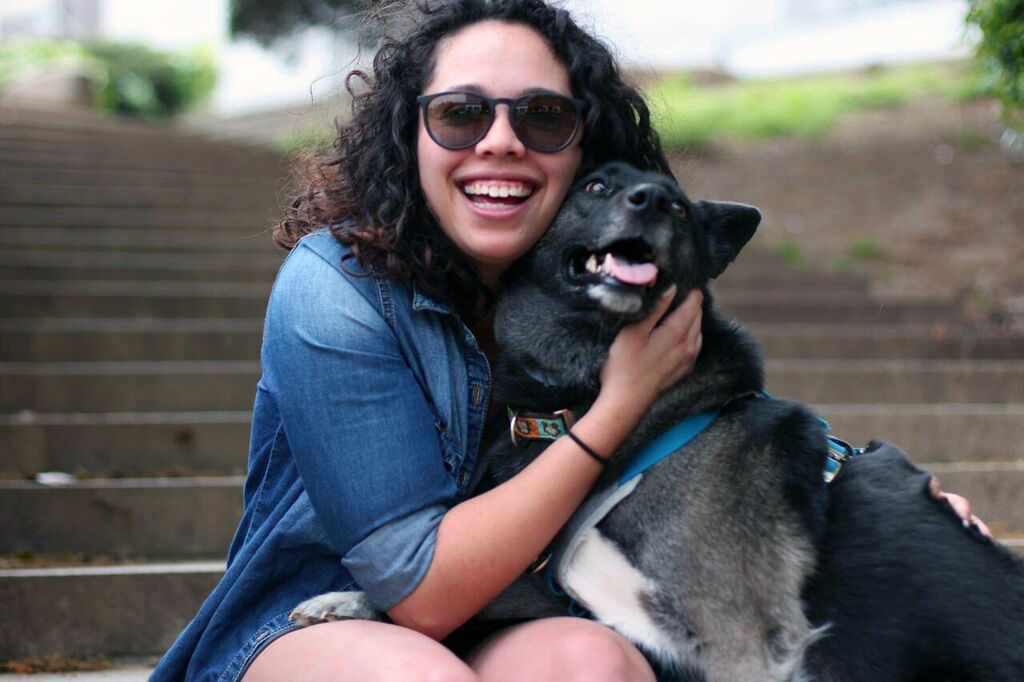
A Georgia State graduate that wished to remain anonymous recalled getting drunk for the first time on the night of her high school graduation party. She told The Signal that while she never really drank much in high school, as she entered her first semester of college at Oglethorpe University and joined a sorority, drinking excessively became a part of her daily routine.
“Even though Oglethorpe was a really small school, it still was pretty wild,” she said, “I think that just because of the culture of fraternities and sororities. Everyone knows it’s kind of acceptable. So no one really says anything, and everyone just kind of turns a blind eye to it.”
Students are faced with widespread exposure to behavioral addictions during college. Alcohol and drug use are normal and often expected on campuses. According to the National Institute of Alcohol Abuse and Alcoholism, almost 60 percent of college students ages 18 to 22 drank alcohol in the past month, and almost two out of three of them engaged in binge drinking during that same timeframe.
Binge-drinking was only the first stage of the student’s downward spiral. She was first introduced to cocaine at a fraternity party, and although the drug initially scared her, the thrill and intensity of it made her want to try it even more.
“The first time I did it, I can’t really remember,” she said. “I just remember I loved it. Every single time I’ve done it, the comedown from it the next day is awful. It made me super depressed. I would completely hate myself, but it was never enough to make me stop doing it.”
Certain aspects of her behavior strongly indicated addiction.
“Some of the aspects of abuse or dependency are kind of defined by them affecting you socially, occupationally, or in school,” said Jay Trambadia, a psychology instructor at Georgia State who specializes in clinical health psychology, “It’s getting in the way of those things, getting in the way of how you function. Are you getting in situations that increase the chance of getting hurt?” said Trambadia. “Are you cutting back on activities? Are you experiencing restlessness, nausea, sweating, and things like that? Is it getting in the way of your daily routine?”
At the peak of her addiction, the student said she was regularly drinking and using cocaine and Adderall. She left Oglethorpe University because she was arrested for possession of cocaine and enrolled at Georgia State soon after, where she again, had a run-in with the law.
Recovery had not crossed her mind until she had to abruptly leave her dermatologist appointment in fear that the blood work would reveal the Adderall in her system. She broke down in the parking lot and called her co-worker who she knew was attending Alcoholics Anonymous meetings at the time. “I asked her to take me to a meeting, and that’s when I started my recovery process,” she said. She will be one year sober on April 13.
A PATH TO RECOVERY
“Going to meetings lets me know I am not alone,” said Anastasia Lashko, a frequent Alcoholics Anonymous meeting leader at the Alpharetta Group. “These rooms give me the opportunity to be completely vulnerable and honest of who I was without judgement from others.”
For Jasmine Ebron, now 25 and in her last semester at Georgia State, Adderall started as something to help keep her focused but grew into an addiction. “I think it’s almost impossible to go to college and not be introduced to Adderall if you hadn’t already been introduced to it in high school,” said Ebron. “ That’s when people start selling it.”
And she said, with the stress that college brings along, what Adderall is offering is hard to resist.
“It keeps you up, and it keeps you focused,” Ebron said. “You don’t really eat, and you don’t even want to eat. You just like drink a lot of water, and you have to do something all the time. It lasts about eight hours so you take it in the morning, and you just work all day.”
Adderall became a normal part of Ebron’s life. She needed to stay up and she needed more of the drug in order to get the same effect. “It turned into instead of me taking one 30 mg pill a day,” said Ebron, “I was taking or snorting sometimes like 60 [mg] a day. I was also smoking a lot of weed and drinking a lot.”
“I moved in with two of my best friends,” said Ebron, “I had school. I had a full-time job. I had so much going on, and I had so much to do every single day. My roommate’s other best friend had a prescription for Adderall. At first, I was just getting a few at a time, and then I was buying in bulks.”
It was after she lost touch with her supplier, and began following a healthier lifestyle alongside her boyfriend. “I found other ways to stay on top of things and remain healthy,” said Ebron. Now, she lives a much happier and healthier life.
But the path to recovery isn’t only hard to find, but hard to follow.
“It’s different for different people. Imagine that recovery is a highway. For some people, they get off at one of the earlier exits (e.g., they might still drink and get “drunk” from time to time but with fewer problems),” Georgia State psychology professor Dominic Parrott said. “For others, they may stay on that road a bit longer and get off at a later exit (e.g., they might still drink but never in large amounts and never “get drunk”). For others, they get off at the last exist — abstinence. The main point here is that recovery looks different and feels different to different people.”
